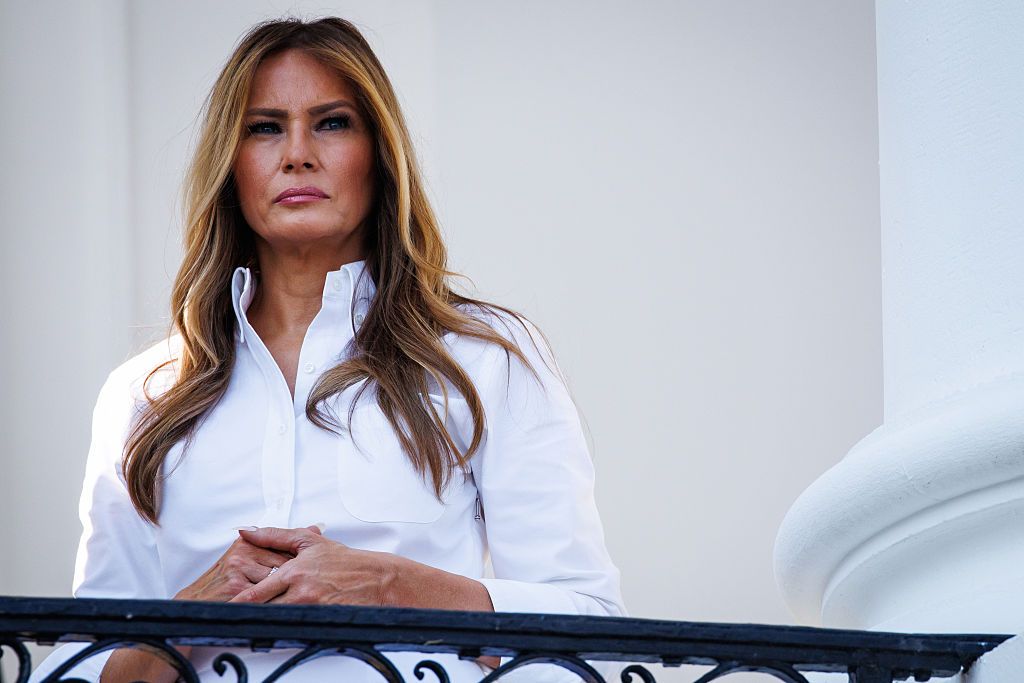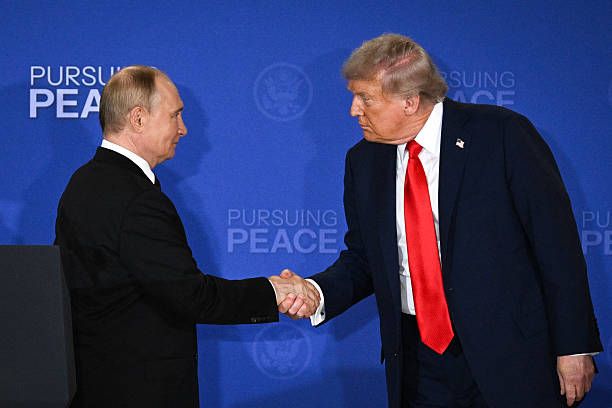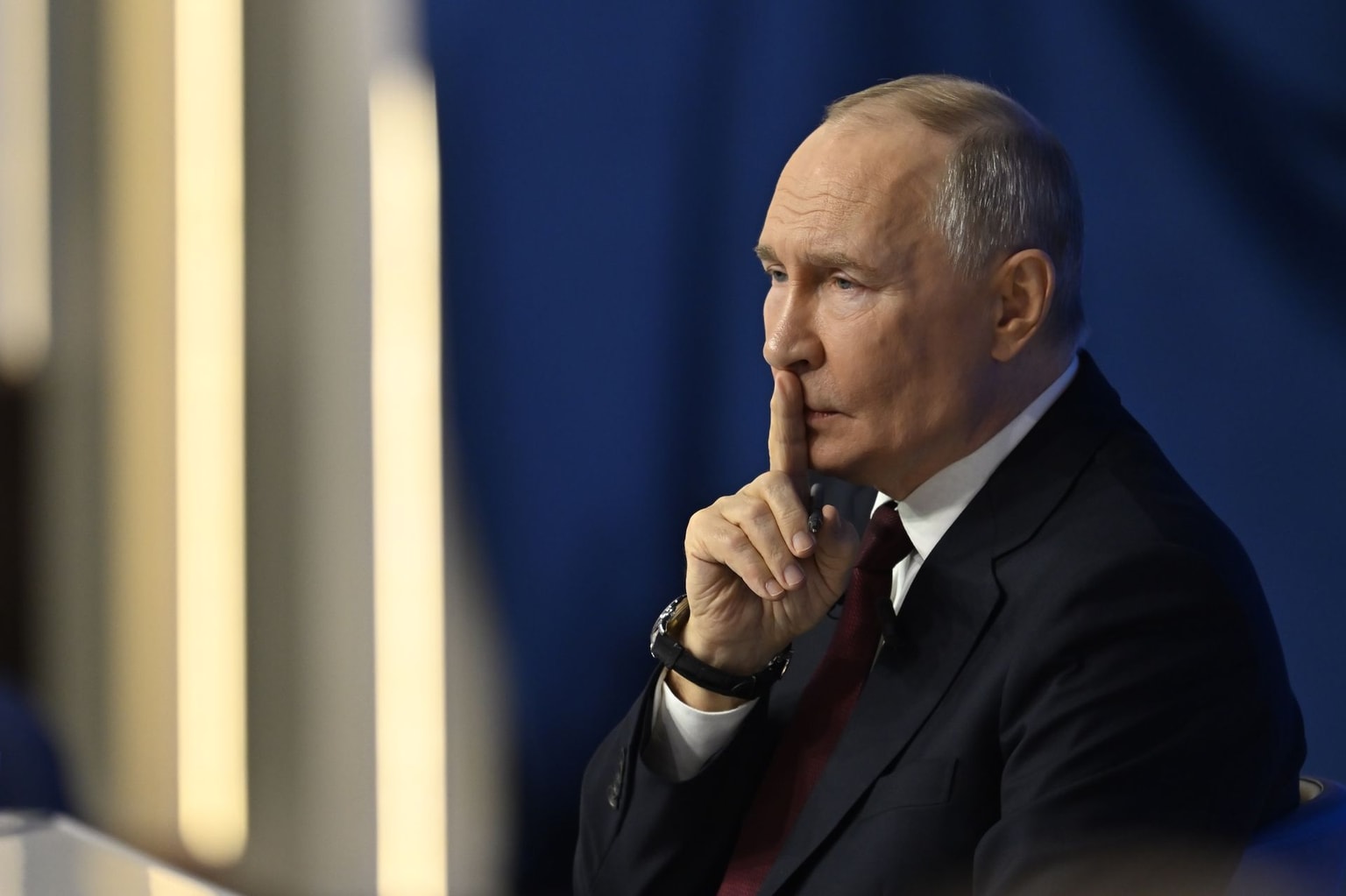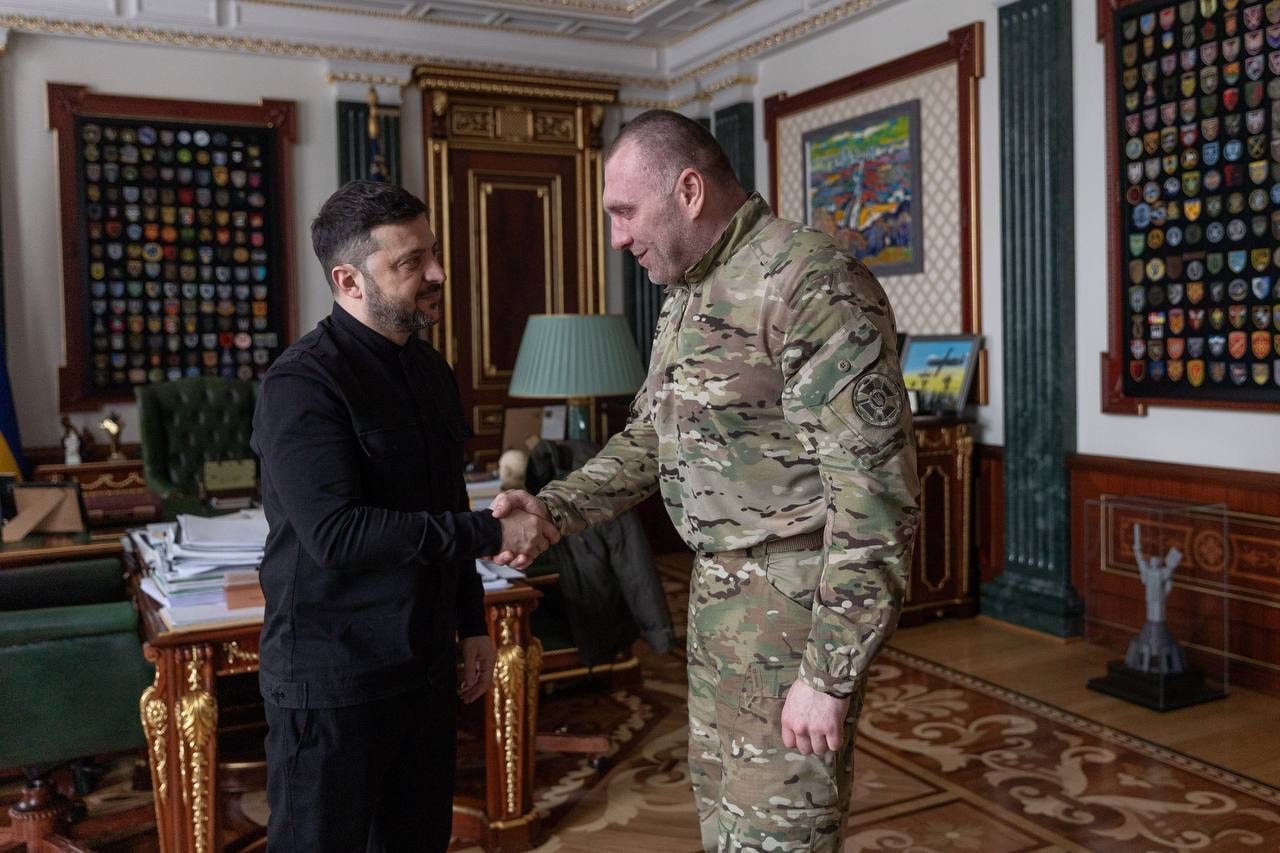Everything we know about the fallout of Trump’s meeting with Putin

Following a meeting with Russian President Vladimir Putin in Alaska, U.S. President Donald Trump has dropped demands for a ceasefire in favor of a comprehensive peace deal that would include giving up unoccupied Ukrainian territories to Russia — but he promises that security guarantees will be part of the deal.
The Americans rolled out the red carpet for Putin as he arrived in Anchorage, Alaska, on Aug. 15 for a bilateral summit on ending the war in Ukraine. The two leaders spoke for three hours, although no peace agreement was made.
After the meeting, Trump said the two leaders made some headway towards peace, and "largely agreed" on security guarantees for Ukraine and territorial swaps, which would require Ukraine giving up some land to Russia.
A Ukrainian Presidential Office source earlier told the Kyiv Independent that Moscow's proposal would require Kyiv to withdraw from the Ukrainian-controlled parts of the partially occupied Donetsk and Luhansk oblasts in exchange for a Russian pullback from parts of Sumy and Kharkiv oblasts.
Trump emerged from the meeting believing that a deal could be reached if Kyiv gave up unoccupied Ukrainian lands — namely the entire Donbas region in eastern Ukraine — in exchange for peace, the New York Times (NYT) reported, citing two European officials briefed on the matter.
Putin reportedly offered to freeze the front lines in the partially occupied Kherson and Zaporizhzhia oblasts if Ukraine withdrew entirely from Donetsk and Luhansk oblasts.
Axios journalist Barak Ravid also reported, citing a source familiar with the talks, that Putin asked Trump to recognize Ukraine's Donetsk, Luhansk, Zaporizhzhia, and Kherson oblasts as Russian, along with Crimea.
The day after the summit, Putin appeared pleased with the results.
"We talked about a possible resolution to the Ukrainian crisis. And we had the opportunity to talk about the origins and causes of the crisis. It is precisely the elimination of these root causes that must form the basis for a settlement," Putin told the Russian government back in Moscow on Aug. 16.
Putin has long justified the full-scale invasion of Ukraine with conspiracy theories about NATO expansion and the need to protect Russian-speakers in Ukraine — the "root causes" frequently referenced in Kremlin propaganda.
The reaction in Ukraine has been dismayed, with many concerned that Trump will pressure Zelensky into an unfair deal after the U.S. leader said he wants a "fast peace deal," rather than a ceasefire agreement.

What's next for Ukraine and Europe
Following the summit, the U.S. leader had a phone call with President Volodymyr Zelensky and several senior European and NATO leaders on Aug. 16. During the talk, he said that Putin would prefer a more comprehensive peace deal rather than a ceasefire, a position he later publicly backed in a Truth Social post.
"It was determined by all that the best way to end the horrific war between Russia and Ukraine is to go directly to a Peace Agreement, which would end the war, and not a mere Ceasefire Agreement, which often times does not hold up," he wrote on Truth Social after the call.
He invited Zelensky, who was excluded from the Alaskan summit, to Washington on Aug. 18, where the two leaders will discuss ending the war, including Trump's proposal to give up Ukrainian territories to Russia. Afterwards, Trump wrote on Truth Social that he wants to have a meeting with Putin and Zelensky "if all works out."
Two sources told Axios that Trump hopes to hold the trilateral meeting as early as Aug. 22. Putin has not publicly said he would participate in such a meeting. Sources who spoke to the NYT said Putin has opposed meeting Zelensky because he does not consider his government legitimate.
Zelensky previously said he would not give up territories for a peace agreement, and insisted on a ceasefire being the first step.
European leaders tepidly welcomed Trump's diplomatic efforts, including his proposal of trilateral talks between Kyiv, Washington, and Moscow, and will hold a "coalition of the willing" meeting, attended by the U.K, France, and Germany, on Aug. 17, the French Embassy told the Kyiv Independent.
Trump also invited European leaders to join Zelensky for the Washington meeting on Aug. 18, the New York Times reported on Aug. 16, citing unnamed officials.
Security guarantees
The most positive sign for Ukraine to come out of the Alaska Summit so far is the potential for U.S. security guarantees in the style of NATO's Article 5 CNN reported, citing anonymous European officials. These guarantees would not directly involve NATO.
Article 5, the cornerstone of the Alliance's collective defense agreement, stipulates that an attack on one NATO member is considered an attack on all. While Trump opposes NATO's involvement in security guarantees for Ukraine, a source told CNN an "Article 5-type" protection — reportedly proposed by Italian Prime Minister Giorgia Meloni — could potentially be established.
According to a source who spoke to the NYT, U.S. troops could possibly participate in supporting security in Ukraine after a peace settlement.
"We will continue to prioritize Ukrainian security. Ukraine needs strong, credible, long-term security guarantees, including sustained support from Europe, the United States, and other partners to strengthen its armed forces,” an EU official told the Kyiv Independent.
In a statement, the European Commission said it welcomed Trump's negotiation efforts and is ready to support Trump's security proposal. However, the EC made it clear that Ukraine must be the one to decide the fate of its territory and that "borders must not be changed by force."
"No limitations should be placed on Ukraine's armed forces or on its cooperation with third countries. Russia cannot have a veto against Ukraine‘s pathway to the EU and NATO," Brussels added.
The EC also said that it would continue to apply economic pressure to Russia, including by continuing to put pressure on Russia’s war economy and strengthening sanctions "until there is a just and lasting peace."
Trump, on the other hand, backpedaled on his threat to unleash sanctions and tariffs on Russia and its partners, like China. Instead, he said that there was currently no need for new sanctions.
In a statement shared later on Telegram, Zelensky said he had told Trump that sanctions against Russia must be tightened if Moscow opts out of a trilateral meeting or if Putin doesn't comply with a just end to the war. Trump reportedly agreed to consider renewing the threat of sanctions against Russia if the trilateral talks failed to deliver progress toward peace, according to the Wall Street Journal.
"Sanctions are an effective tool. We need to guarantee a lasting, long-term security with the participation of both Europe and the United States," Zelensky said. "All issues that are important for Ukraine should be discussed with the participation of Ukraine, and no issue, including territorial ones, can be resolved without Ukraine."














